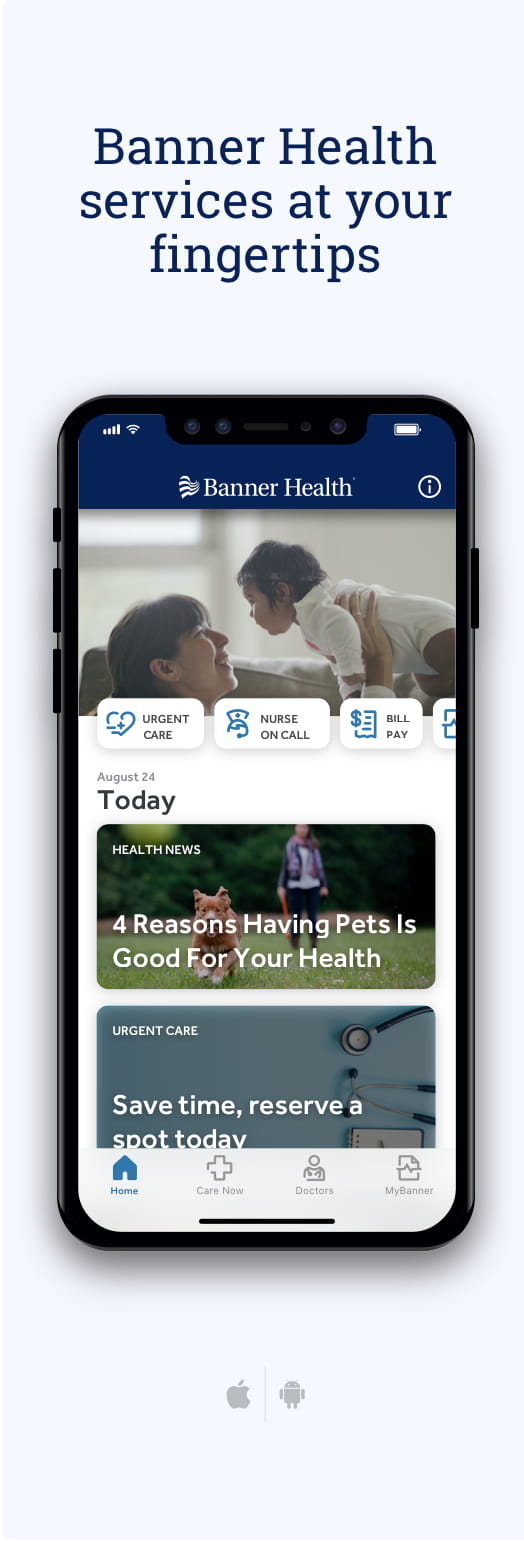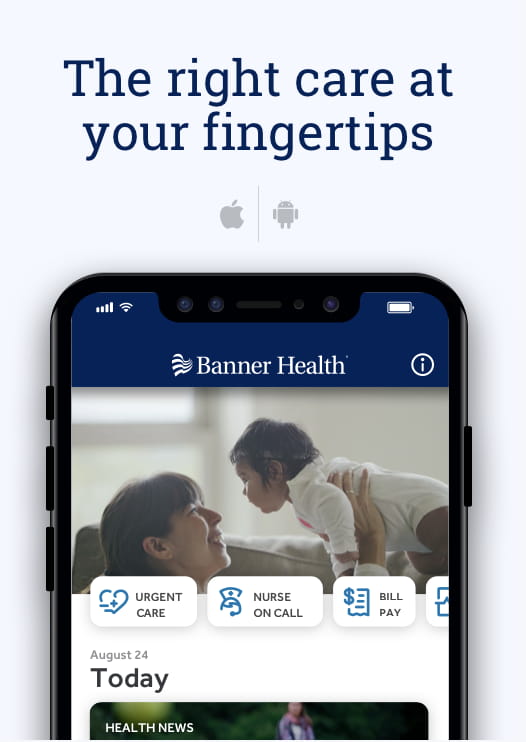There are certain milestones that you eagerly await your child reaching, like their first steps or their first word. However, some other milestones, like transitioning your baby from a bottle to a sippy cup or open cup, can be more overwhelming.
Let’s be honest: Change is hard – for adults and little ones. No one wants to deal with a child who refuses to give up the very thing that comforts them.
But it’s important to remember that this is a normal and natural part of the weaning process. While it may take some time for your child to make the switch, there are some steps you can take to make this transition smoother.
We share everything you need to make this milestone a success.
Start the transition from bottle to cup early
The American Academy of Pediatrics (AAP) and dentists recommend that you fully wean your baby away from the bottle and drink from a regular cup by the time they reach two years of age.
“At the 6-month well check, I recommend introducing sippy cups of water and then using them for milk as the baby gets skilled with the sippy,” said Gina Montion, MD, a pediatrician with Banner Children’s. “Introducing the cup earlier can make the transition easier. Remaining on a bottle can negatively impact the condition of their teeth, oral motor skills and diet variation.”
Prolonged bottle use is associated with several negative health outcomes, including:
- Bottle rot. Tooth decay or cavities in children, or bottle rot, happens when your child’s teeth are constantly “caked” with milk. Lactose is a natural sugar in milk. When left on children’s teeth, it is a perfect breeding ground for cavities.
- Inadequate intake of solid foods. Because they are already full of milk, they won’t eat or try other foods. This can increase the risk of iron deficiency and picky eating.
- Teeth and speech issues. Little ones who drink from bottles well after 2 years old may also have problems with teeth misalignment and speech delays.
- Obesity. Two-year-olds still using bottles are more likely to be obese by kindergarten. Avoiding this can help prevent childhood obesity.
- Ear infections. Children who bottle feed and swallow milk while lying down are at an increased risk of ear infections.
Tips to make the transition as easy as pie
1. Start early
As Dr. Montion mentioned earlier, it’s a good idea to introduce a sippy cup of water at around six months of age.
At this age, the goal isn’t that they will drink anything but that they will become more comfortable. Occasionally during feeding time, tip the cup’s spout to your child’s mouth so they learn what it is for.
Around 12 months of age (one year), you can switch from breast milk or formula to cow milk or a milk alternative. Most alternative milk is fortified with calcium and vitamin D but check the nutrition label to be sure.
If your child does not consume enough milk or other dairy sources like cheese and yogurt, daily, they’ll likely need to take a vitamin D supplement to get the recommended daily 600 international units (IU) per day. Ask your health care provider for recommendations.
2. Slowly replace bottle-feeding times
Once your child has the hang of the sippy cup, use it as a replacement for bottles at regular bottle-feeding times.
“Every week, introduce a cup at another feeding and slowly decrease the number of bottles,” Dr. Montion said. “Usually, the last bottle to stop is the one that provides the most comfort, such as the nighttime bottle.”
3. Celebrate
When your child uses the cup, praise them and let them know what a big kid they are becoming. And, if the moment feels right, do a happy dance and celebrate.
4. Offer other comforts
If your little one needs extra comfort that used to be given from bottle feeding, find a soft blanket, stuffed animal or pacifier and spend extra time cuddling them.
“They won’t be little forever, so enjoy the extra snuggles,” Dr. Montion said.
5. Quit bottles cold turkey
If all else fails, and your child just can’t quit their bottle, should you rip the proverbial band-aid off and quit bottles altogether?
Going cold turkey is tough but sometimes necessary.
Your child will be fine without milk for a few days. They will need to stay hydrated, but it’s OK if milk usage plummets during this time.
Eventually, your child will drink when they are thirsty. So, once you decide to stop bottles, don’t look back. Stay strong!
“A trick I recommend for stubborn toddlers is to start talking about the bottle fairy,” Dr. Montion said. “One day, put all the bottles in a box and leave it on your front porch. Then, in the middle of the night, the bottle fairy comes to take all the bottles and replaces them with toys, glittery things and stickers as a reward.”
A special note about summertime: Avoid going cold turkey during heat waves. Generally, it’s OK for your child to go on a sippy cup strike, but you must be more cautious of dehydration during scorching weather.
Takeaway
Transitioning your child from a bottle to a cup can be daunting, but with a bit of patience and perseverance, you can make the process a success.
First and foremost, start the transition early. Introducing a cup early can help with the heartache and pain if you wait too long.
If you are struggling, don’t hesitate to contact your child’s health care provider.
Don’t have a pediatrician? You can find a Banner Health specialist near you at bannerhealth.com.


